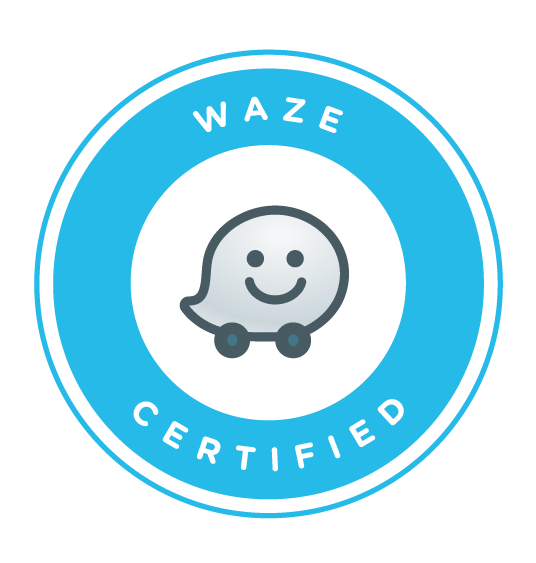
LinkedIn is a social network like no other, geared towards networking, and offering unparalleled opportunities to develop B2B relationships. The uniqueness of LinkedIn can also make it a challenge, however, as the content which most engages here is often quite different to what works on Twitter and Facebook. That’s why Steve Rayson’s recent research for Buzzsumo into the most successful types of LinkedIn headlines and topics is so valuable. Steve analysed 10,000 of the most shared posts on LinkedIn on 2016 in an attempt to determine the common building blocks of successful LinkedIn content.
Most Engaging Headlines
The research analysed the most common two and three word phrases on LinkedIn in 2016. As any good content marketer will probably suspect, some of the most popular phrases were ‘how to’, ‘why you should’ and ‘the future of’. The two other most popular phrases were ‘can learn from’ and ‘you need to’.
Crucially, the research found that not only were these types of phrases more common, they appeared with greater frequency in some of the most shared LinkedIn content of 2016.
● The jobs of the future – and two skills you need to get them (29,200 shares)
● How To Kill Your Team’s Motivation Without Really Trying (33,000 shares)
● Why You Should Have At Least 1 Hour THINKING Time Every Day (16,500 shares)
● Ahead of the curve: The future of performance management (10,700 shares)
Most Engaging Words and Topics
When it came to the most engaging words and topics, the research found that career and productivity related terms such as ‘habits’, ‘successful’ and ‘mistakes’ performed particularly highly in terms of LinkedIn shares. The topic ‘employees’ meanwhile, which was especially popular, has a more narrow business leader related appeal.
Some of the highest shared content featuring the above words and topics were
● The World’s Most Successful Leaders Share These 10 Traits (15,400 shares)
● 7 Extremely Common Mistakes That Can Damage Your Reputation (13,900 shares)
● Bad Habits You Must Break To Be More Productive (23,100 shares)
● Why Good Employees Quit (371,500 shares)
LinkedIn Influencers
The biggest hitting, most shared content on LinkedIn often comes from the platform’s own coterie of ‘Influencers’, an invitation only group of ‘500+ of the world’s foremost thinkers, leaders, and innovators’. Regular LinkedIn updates are unlikely to ever receive the same kind of exposure that this group enjoys, but we can still learn from what works best for them.
Influencer Liz Ryan, for example, was responsible for the ‘How To Kill Your Team’s Motivation Without Really Trying’ article; while Betty Liu, enjoyed almost 14,000 shares on the ‘mistake’ topic, with ‘7 Extremely Common Mistakes That Can Damage Your Reputation’. Elsewhere, Adam Grant achieved a lot of shares with work psychology based content such as ‘To Overcome the Fear of Failure, Fear This Instead’, which was shared 15,200 times. Finally, James Altcher, appealed to the insatiable LinkedIn appetite for entrepreneur type content, with articles such as ‘The 20 Habits of Eventual Millionaires’, which was shared 10,000 times on LinkedIn alone.
Conclusions
So, for those of us who aren’t LinkedIn Influencers but still want to make a splash on the professional’s social network, what can we do to make our content more engaging? I think there are some points to be taken away from this important research:
People go to LinkedIn for many reasons, but above all it appears that they go to LinkedIn to learn. Whether that’s to learn how to be a better team-leader, or how to make a million by the time you’re 30, educational and informational content, which nails those key phrases such as ‘how to’ ‘can learn from’ and ‘you need to’, is typically highly shareable.
This also means that you can engage by sharing your industry expertise and authority. An article on upcoming industry trends or ‘the future of’ type of content stands a good chance of achieving popularity on LinkedIn.
Finally, LinkedIn users value practical advice, and real world examples. It’s for this reason that the topics of ‘mistakes’ and ‘habits’ are so popular, as people seek to learn through relatable examples that they can apply to their own professional life. A good example of this type of content would be ‘7 Extremely Common Mistakes That Can Damage Your Reputation’ and ‘The 20 Habits of Eventual Millionaires’.





